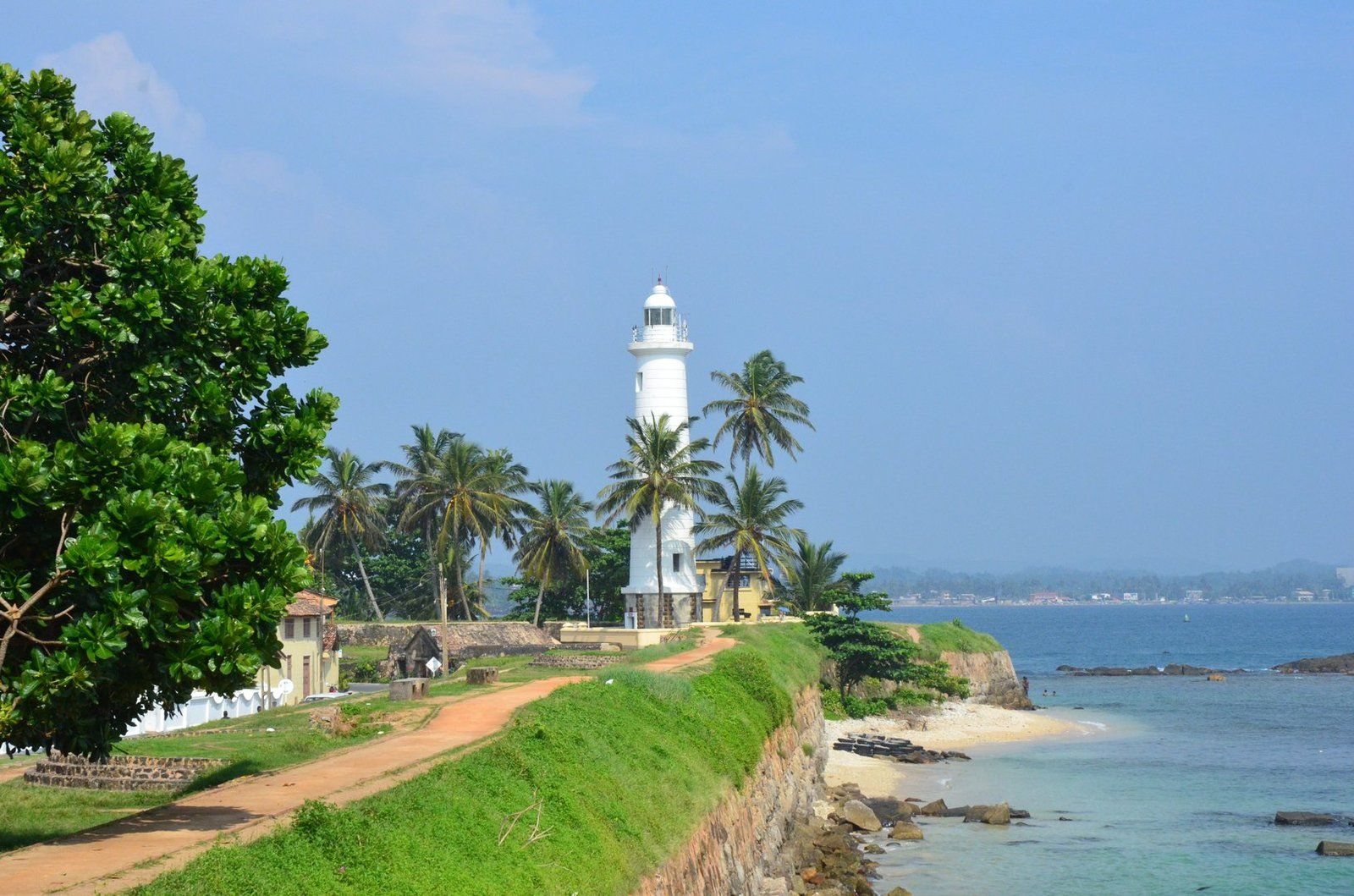Galle is a town of colour, texture and sensation totally unlike anywhere else in Sri Lanka.
It is at once endlessly exotic, bursting with the scent of spices and salty winds, and yet also, with its wonderful collection of slowly decaying Dutch-colonial buildings, vaguely familiar, like a whimsical medieval European town unexpectedly deposited in the tropics.
Old Town of Galle and its Fortifications
Galle was known as Gimhathiththa before the arrival of the Portuguese in the 16th century, when it was the main port on the island. Galle reached the height of its development in the 18th century, during the Dutch colonial period. Galle is the best example of a fortified city built by the Portuguese in South and Southeast Asia, showing the interaction between Portuguese architectural styles and native traditions. The city was extensively fortified by the Dutch during the 17th century from 1649 onwards. The Galle fort is a world heritage site and is the largest remaining fortress in Asia built by European occupiers.


Dutch Fort
Portuguese built the first fort to withstand attack from the Sri Lankan kingdoms to the north. Dutch who captured the coastal cities from the Portuguese improved the defence system of the fort, widening the moat on the landside, improving the ramparts and the bastions. British who captured the city did not make many changes as they shifted the part to the northern town of Colombo and therefore the atmosphere of Dutch days are preserved to date. The Dutch entrance to the fort with it VOC with 1669 carved in the inner archway is still in use. Still there are many old Dutch buildings intact and, but unfortunately except for those in the private hands. The ramparts and the bastions still bring to life the old world.
Dutch Reformed Church
Built by a Dutch Army officer at the site of a previous Portuguese church and completed in 1754 the church is situated close to the new entrance to the fort. The church contains record of marriages since 1748 and baptism from 1678. The other significant of the building id there are no pillars inside the building and the weight of the roof is supported by the walls.
Today the Fort is crammed full of little boutique shops, cafes and hotels owned by local and foreign artists, writers, photographers, designers and poets – a third of the houses are owned by foreigners.
A key part of the Fort’s allure, however, is that it isn’t just a pretty place. Rather, it remains a working community: there are administrative offices, courts, export companies, lots of regular folks populating the streets and a definite buzz of energy in the air.

Ahangama / Midigama
Home to a unique type of fishing technique. Dtick fishing is a popular fishing method in the area and a very beautiful scenery to watch especially during sunset. Ahangama is also a popular surfing location and relatively less crowded than the surfing location to the north.









